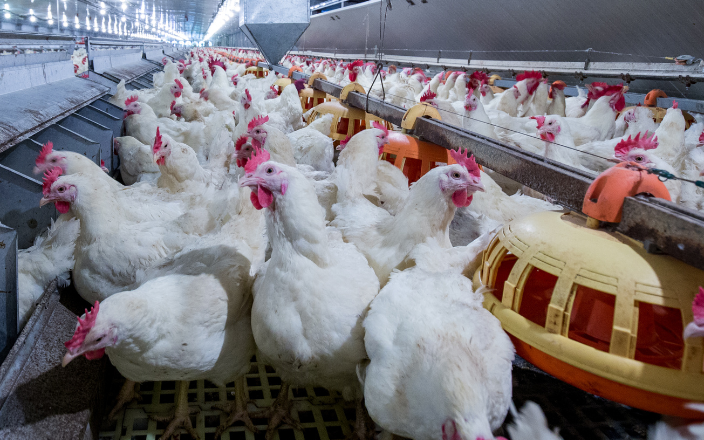The global poultry industry, a cornerstone of food security and nutrition, is experiencing a resurgence. Driven by changing consumer preferences, economic factors, and regional dynamics, chicken meat and eggs are at the forefront of this growth. In this comprehensive analysis, we explore the key drivers behind the industry’s upward trajectory.
- Lower input costs and affordability
Feed efficiency and cost reduction
Advancements in poultry nutrition and management practices have led to improved feed efficiency. Lower input costs—particularly for feed, vaccines, and medications—have made chicken production more economically viable. As a result, consumers benefit from affordable chicken prices, encouraging higher consumption.
The role of technology
Precision agriculture, genetic selection, and data-driven decision-making have revolutionized poultry farming. Farmers can optimize feed conversion ratios, reduce waste, and enhance productivity. These technological innovations contribute to the industry’s growth.
- Consumer behavior and price sensitivity
Chicken as the preferred protein
In an increasingly health-conscious world, chicken remains a popular choice. It is lean, versatile, and adaptable to various cuisines. As inflation eases and wages improve, consumers continue to prioritize affordability, making chicken an attractive option.
The Rise of convenience foods
Processed chicken products—such as nuggets, sausages, and ready-to-eat meals—have gained prominence. Convenience-driven demand further fuels the industry. As urbanization continues, time-strapped consumers seek quick, nutritious options.
- Regional patterns and opportunities
Southeast Asia: a hotbed of growth
Countries like Indonesia, Vietnam, and Thailand are witnessing robust poultry demand. Rising incomes, population growth, and changing dietary habits drive consumption. Investments in infrastructure and supply chain logistics are critical for sustained growth.
Middle East and Latin America
These regions exhibit steady growth, albeit at levels slightly below the global average. Urbanization, increased protein intake, and expanding middle-class populations contribute to poultry consumption. Producers must balance supply with demand to avoid oversupply challenges.
- Geopolitical challenges and input costs
Navigating uncertainties
Global geopolitical tensions impact input costs. The conflict in Ukraine disrupts grain markets, affecting feed prices. Additionally, climate risks and energy costs remain volatile. Producers must adapt to these challenges while maintaining profitability.
- Trade dynamics
Raw chicken vs. processed poultry
While raw chicken trade continues to expand, processed poultry faces hurdles. Foodservice markets in importing countries demand convenience and quality. Brazil, Thailand, and China, as major exporters, must address these preferences to sustain growth.
Conclusion
The growth story of the global poultry industry is a multi-faceted one. As stakeholders collaborate to address challenges and seize opportunities, chicken will remain a staple protein worldwide. Whether on dinner tables or in fast-food outlets, poultry’s prominence is set to soar.
Sources: Available upon request

